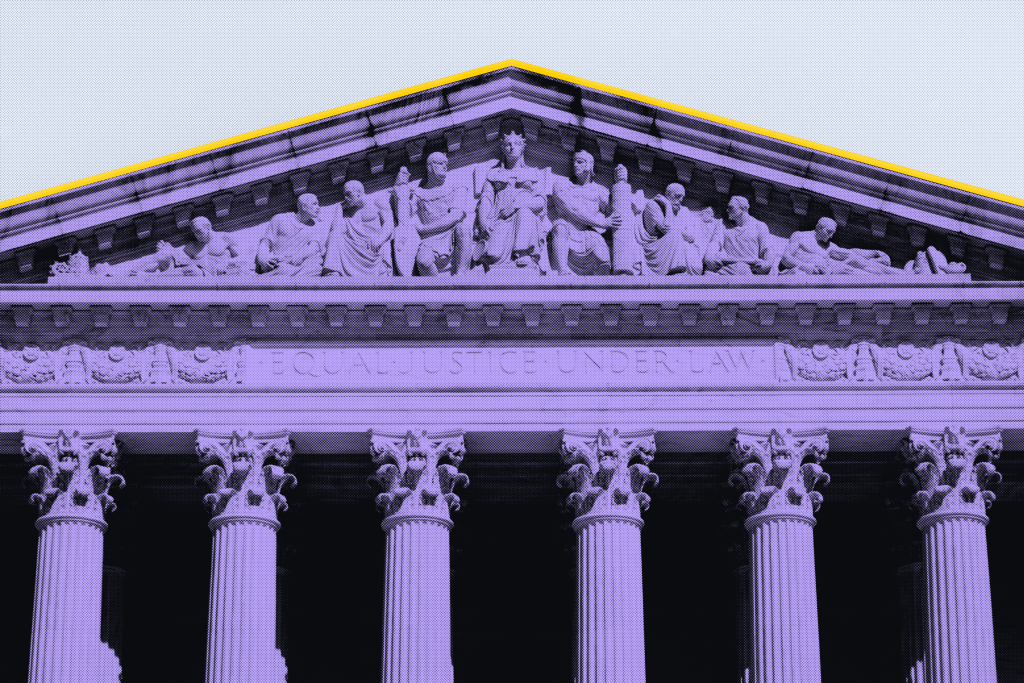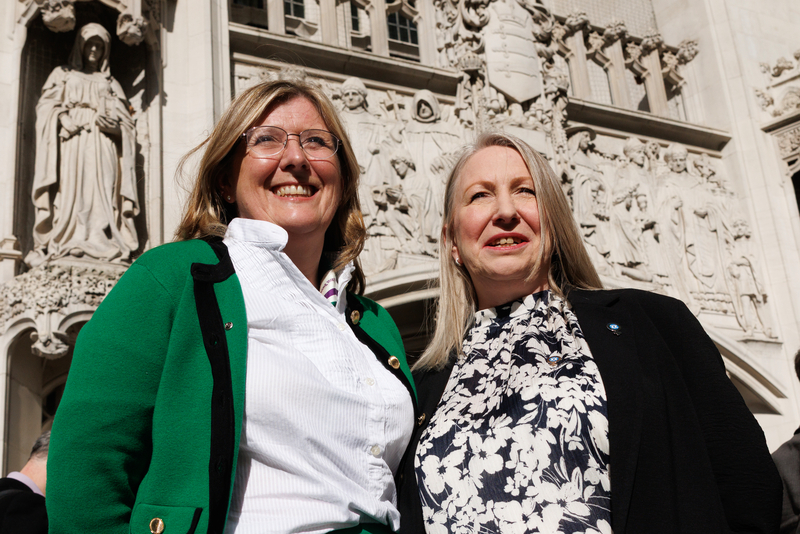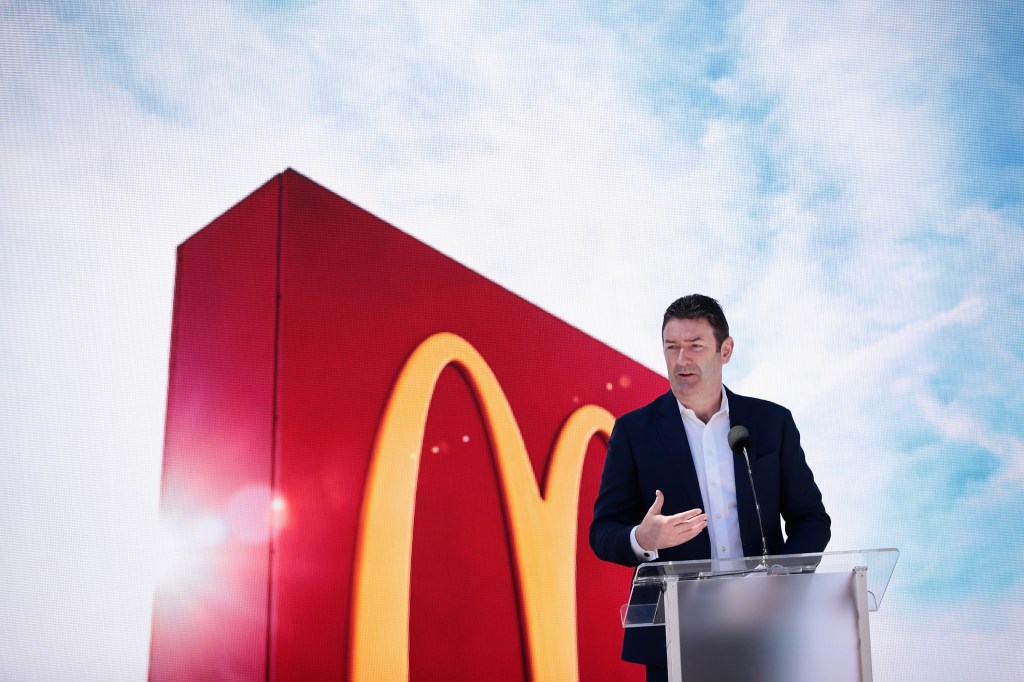Codes of business conduct at organizations are not just writings; they spell out the behaviors and practices expected of its staff and leaders on a daily basis.
They often include the company’s code of ethics (although sometimes those are separate documents), which outline the business’s overall mission and core values, but add the important detail of how to translate those core values into action.
These documents often describe the culture that the organization’s leadership is looking to promote.
A chief executive is supposed to be the embodiment of the corporation’s values to its stakeholders – such as its customers, business partners and employees. And she or he is often the person with the means to have the greatest impact on the culture of an organization, thanks to their outsized influence, platform, and authority.
Businesses need to abide by a framework to inform ethical decision-making for every member of the workforce.
When a company’s leadership is found to have violated business conduct codes and expectations, the incentive to comply with them is greatly reduced and morale suffers. Businesses need to abide by a framework to inform ethical decision-making for every member of the workforce in the same way.
On January 9, the SEC charged Stephen J Easterbrook, former CEO of McDonald’s Corporation, with making false and misleading statements to investors about the circumstances that had led to his job being terminated in November 2019.
McDonald’s was also charged for shortcomings in its public disclosures related to Easterbrook’s separation agreement.
According to the SEC’s order, McDonald’s terminated Easterbrook’s contract for exercising poor judgment and engaging in an inappropriate personal relationship with a McDonald’s employee in violation of company policy.
McDonald’s and Easterbrook entered into a separation agreement that concluded his termination was without cause, allowing him to retain substantial equity compensation that otherwise would have been forfeited.
The company, however, later uncovered other relationships with employees that Easterbrook hadn’t disclosed and sued him.
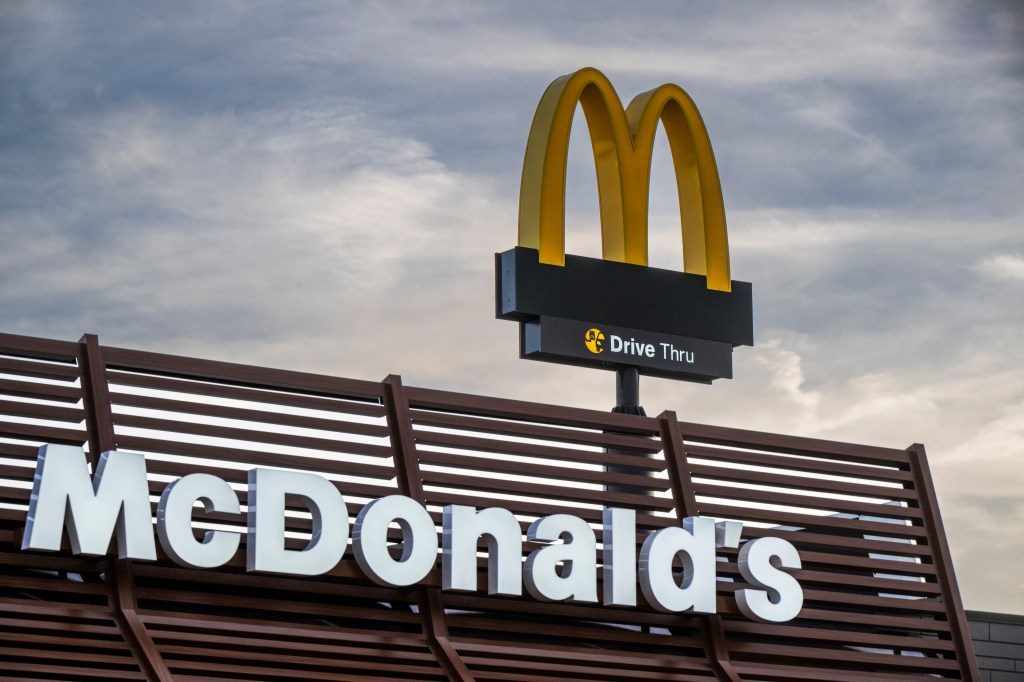
According to the SEC’s order, Easterbrook knew or was reckless in not knowing that his failure to disclose these additional violations of company policy prior to his termination would influence McDonald’s disclosures to investors related to his departure and compensation.
“When corporate officers corrupt internal processes to manage their personal reputations or line their own pockets, they breach their fundamental duties to shareholders, who are entitled to transparency and fair dealing from executives,” said Gurbir S Grewal, Director of the Division of Enforcement.
Referring to McDonald’s own culpability, the SEC noted that public issuers, like McDonalds’s, must disclose and explain all material elements of their CEO’s compensation, including the factors considered in any separation agreements. The company “failed to disclose that [it] had exercised discretion in treating Easterbrook’s termination as without cause in conjunction with the execution of a separation agreement valued at more than $40m,” said Mark Cave, Associate Director of the Division of Enforcement.
The SEC noted that Easterbrook violated the anti-fraud provisions of the Securities Act of 1933 and the Securities Exchange Act of 1934. Without admitting or denying its findings, Easterbrook consented to entry of the SEC’s cease-and-desist order, which carried with it a five-year officer and director bar, and a $400,000 civil penalty.
Disclosure at the heart
The disclosures at issue in this case were a letter drafted and distributed to McDonald’s employees – which was covered in multiple mainstream media outlets – a press release, and a Form 8-K filed by the company and submitted to the SEC.
The disclosures described Easterbrook’s misconduct as limited to a single consensual relationship with another McDonald’s employee.
Easterbrook violated several SEC rules in terms of his lack of fulsome disclosure to the McDonald’s board of directors. One of those rules prohibits any person in the offer or sale of a security from “obtain[ing] money or property by means of any untrue statement of a material fact or any omission to state a material fact necessary in order to make the statements made, in light of the circumstances under which they were made, not misleading”.
For its part, McDonald’s failed to provide certain disclosures with respect to executive compensation required by Item 402 of Regulation S-K, the SEC said.
Item 402 requires (among other things) registrants to address “specific decisions that were made or steps that were taken that could affect a fair understanding of the named executive officer’s compensation”. It requires mention of any “material factors” regarding a “contract, agreement, plan or arrangement … that provides for payment(s) to a named executive officer at, following, or in connection with any termination.”
The SEC said McDonald’s disclosure violations arose from its failure to disclose that it used discretion in treating Easterbrook’s termination as “without cause” under the relevant compensation plan documents after determining that he violated the company’s Standards of Business Conduct and in entering into a separation agreement and general release that provided for the continued vesting of options and performance-based restricted stock units.
Dissenting viewpoint
The regulator’s two Republican commissioners, Hester M Peirce and Mark T Uyeda, had more sympathy for McDonald’s in this case. “The order casts McDonald’s, the victim of Mr. Easterbrook’s deception, as a securities law violator through a novel interpretation of the Commission’s expansive executive compensation disclosure requirements,” they said in a statement.
Peirce and Uyeda say the order can be read to suggest that the underlying reasons for why the company decided to terminate a named executive officer “without cause” instead of “with cause,” and vice versa, need to be disclosed under Item 402.
They observe that such “hiring and firing discussion and analysis,” is beyond the rule’s scope.
“A principles-based disclosure rule does not need to expressly describe every possible factual permutation that falls within its scope; however, it also does not provide the Commission with a blank check to find violations when disclosures outside of the rule’s ambit are not made.”
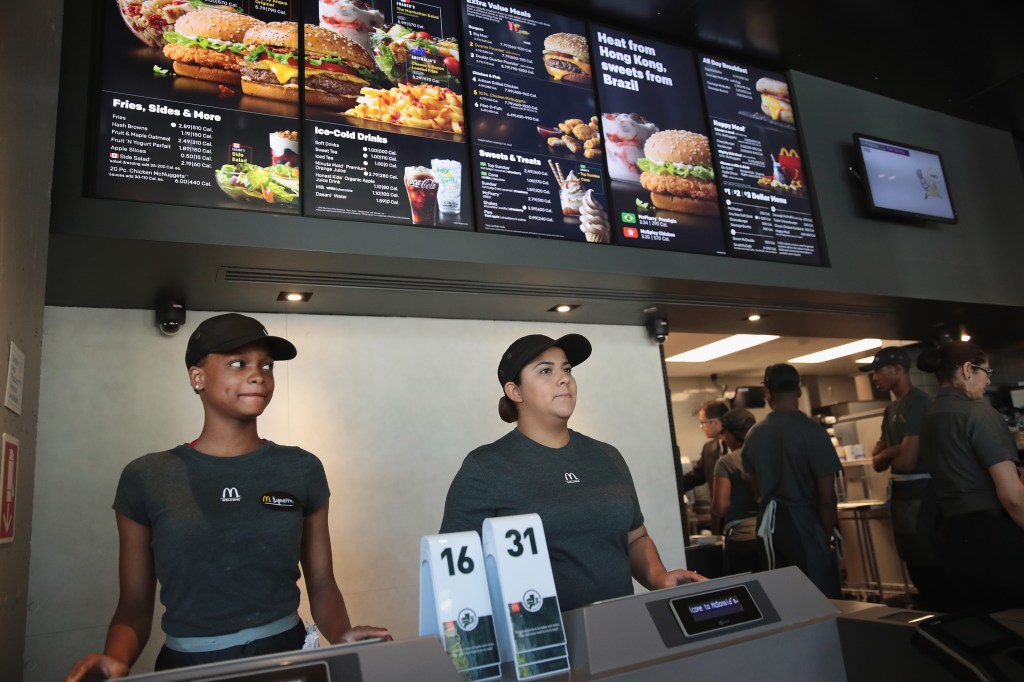
It was due to an anonymous tip that McDonald’s took a deeper dive into the activities of its former top executive. An investigation by McDonald’s – which culminated in its lawsuit against him – uncovered evidence that Easterbrook had been involved in at least three separate sexual relationships with employees during his tenure at the fast-food chain.
The investigation also showed that Easterbrook had destroyed evidence concerning the sexual relationships and lied about the true nature of his encounters with the employees.
He also approved an unusual grant of stock grant, worth hundreds of thousands of dollars, for one of those employees during the period in which they had a sexual relationship.
“The idea of a top executive who lied, covered up his behavior, and acted in a fraudulent manner to his company’s board and its shareholders is disturbing – and this doesn’t even factor in the inappropriate workplace relationships and behavior themselves.”
The business tries to portray itself as a family-friendly restaurant, and many of its employees make minimum wage. The idea of a top executive who lied, covered up his behavior, and acted in a fraudulent manner to his company’s board and its shareholders is disturbing – and this doesn’t even factor in the inappropriate workplace relationships and behavior themselves.
If you read about Easterbrook’s performance as a CEO, in pure return-on-investment numbers, he was considered a high-performing executive. After taking the reins as CEO in 2015, Easterbrook turned around a multi-year sales slump by adding all-day breakfast, cutting the number of restaurants and reorganizing management and overhauling the executive staff.
Global same-store sales increased quarter over quarter for several years thereafter.
Late-night socializing
As reported by several news outlets, current and former employees described the atmosphere at McDonald’s under Easterbrook’s leadership as an environment featuring “late-night socializing with some executives and staffers at bars and flirtations with female employees”.
Like many businesses, especially sizable ones, McDonald’s has a code of business conduct. That includes a clear-cut dating policy forbidding dating or sexual relationships with one’s direct or indirect employees, and it prohibits showing favoritism or making business decisions based on emotions or friendships rather than in the best interests of the company.
The policy and prohibitions within it are understandable: When a party to a relationship is in a position of direct or indirect authority over the other party, one can never be sure if the subordinate engaging in the relationship is consciously or unconsciously just deferring to authority or is fearful of losing one’s job or ability to progress at the organization.
It is hard not to conclude that McDonald’s board of directors should have undertaken an independent and thorough inquiry and investigation into the veracity of Easterbrook’s representations to them right away, considering the money amounts involved (which depended on their characterization of his departure) and in light of disclosures they were making to the SEC and the investing public.
Tough lessons
Other c-suite executives could have come forward earlier to report to the board what they knew and to describe the fraternity-like atmosphere alleged to have been a part of the culture under Easterbrook.
The company’s leadership and board does seem to have learned some tough lessons.
Easterbrook’s successor in the CEO spot, Chris Kempczinski, has stated he seeks to change the corporate culture and has met with employees and franchisees in the United States, UK, Germany, France and Switzerland, partly to gain input on the company’s culture and values, the WSJ reported.
Kempczinski said in a message to employees obtained by CNBC that he is committed to promoting the company’s “core values.” “We must now champion and apply them more evenly across the three-legged stool to be even stronger,” he said.




